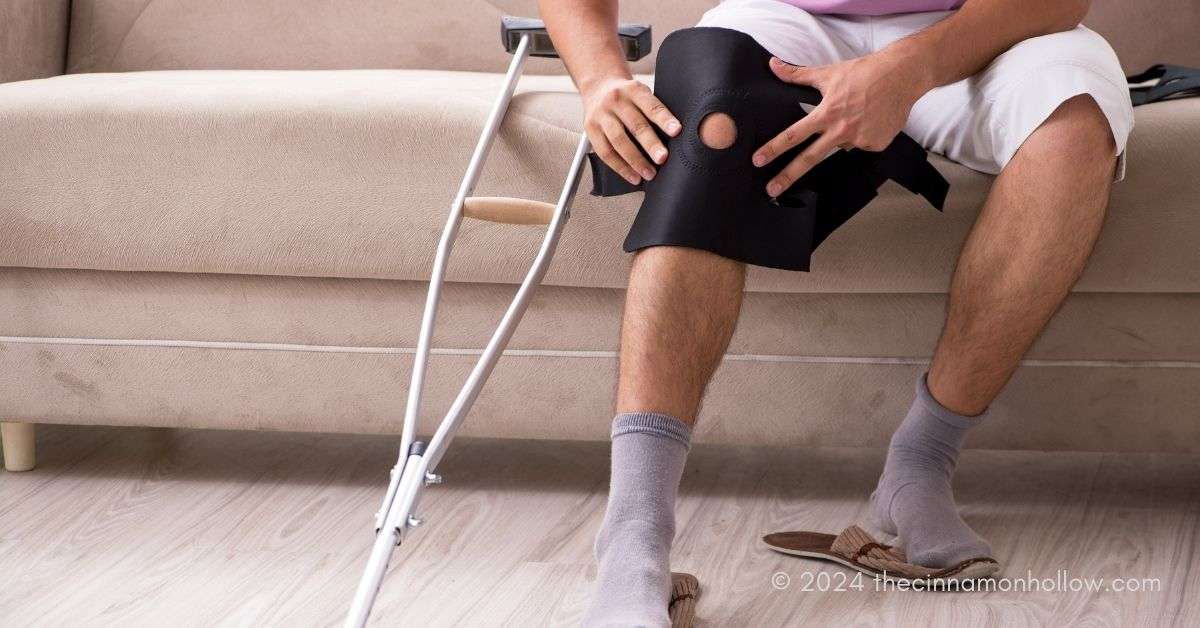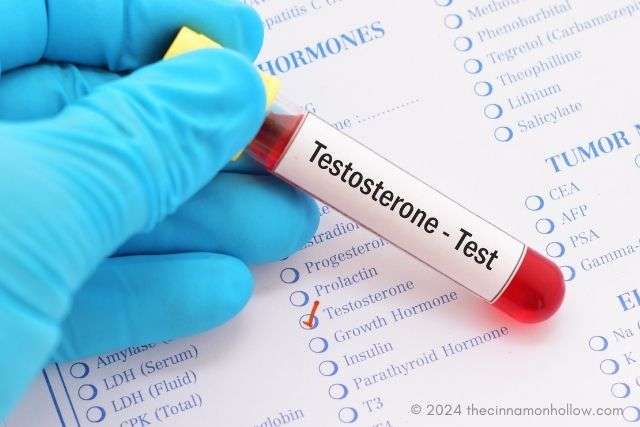Understanding PRP Therapy and Its Role in Medicine
Regenerative medicine is a cutting-edge field that harnesses the body’s natural healing abilities to repair and regenerate damaged tissues and organs. Unlike traditional medicine, which primarily treats symptoms, regenerative medicine aims to address the root cause of the issue by stimulating the body’s cellular repair mechanisms. Regenerative medical practices like PRP therapy represent a groundbreaking stride in medicine’s ability to heal the human body. By deploying the natural growth factors in platelets, PRP therapy has been lauded for its potential to initiate recovery and regeneration, particularly in soft tissue injuries. Far from being a mere trend, PRP stands on the premise of facilitating the body’s innate healing mechanisms—a principle deeply embedded in the holistic approach to healthcare.
The Benefits of PRP Therapy for Knee Injuries
Anyone who’s struggled with a knee injury knows the impact can be profound, affecting mobility and quality of life. Nowadays, PRP therapy for knee pain is gaining attention in the medical community for good reason. By prioritizing the body’s healing agents, the treatment has effectively reduced pain and inflammation associated with knee injuries. Patients often report feeling less discomfort and enjoying a quicker return to normal activities, a crucial factor when considering treatment options. Moreover, PRP therapy is associated with lower infection risks than surgery because it is less invasive and employs the body’s resources.
Further emphasizing the benefits of PRP therapy, Medical News Today delineates clinical studies where PRP has improved patient outcomes, solidifying its potential as a key player in managing joint injuries. It provides evidence to healthcare professionals and patients alike that PRP therapy could advance orthopedic medicine in adequately addressing knee injuries.
Navigating the PRP Treatment Process
Embarking on PRP therapy is a commitment to a cutting-edge treatment path. The process encompasses more than the actual treatment; it’s a journey that begins with an evaluation of the injury and consideration of the patient’s overall wellness. When deemed a suitable candidate, patients enter a treatment protocol that, while seeming complex, occurs relatively quickly. A small blood volume is drawn, akin to routine blood work, and then placed in a centrifuge to isolate the platelets. The resulting platelet-rich plasma is reinjected into the injured knee, where it works to enhance the healing process. The simplicity of the process is part of PRP’s appeal—the body’s elements reinvigorate the tissue without the need for external substances.
Considerations and Common Concerns with PRP Therapy
Despite the promising aspects of PRP therapy, it is not without its uncertainties. For instance, the same individualized response that makes the therapy effective can also lead to outcome variability. Some patients might experience significant relief and functional improvement, while others may find the effects less pronounced. The medical community is still scrutinizing the full scope of PRP’s efficacy, weighing the anecdotal successes against diverse clinical outcomes. In navigating these concerns, a transparent conversation between the patient and healthcare provider can be invaluable—gathering knowledge on expected results, possible side effects, and the scientific backing of the treatment.
Future Developments in PRP Therapy
Far from reaching its zenith, PRP therapy’s narrative in the annals of regenerative medicine is just unfolding. With each new research endeavor, the scientific community inches closer to uncovering the depths of its capabilities. Newer methods of platelet concentration and refinement are being explored. The advent of technologies that can monitor and enhance the efficacy of PRP applications is upon us. As the mosaic of knowledge grows, so do the prospects for those suffering from knee injuries and other musculoskeletal disorders.
Key Takeaways:
- Insight into the science behind PRP therapy and its use in regenerative medicine.
- Highlighting the benefits and real-life impact of PRP therapy on treating knee injuries.
- Analyzing the PRP treatment process, candidacy considerations, and typical outcomes.
- Exploring the future trajectory of PRP treatment and regenerative medical techniques.
We are not doctors and this is in no way intended to be used as medical advice and we cannot be held responsible for your results. As with any product, service or supplement, use at your own risk. Always do your own research before using.







